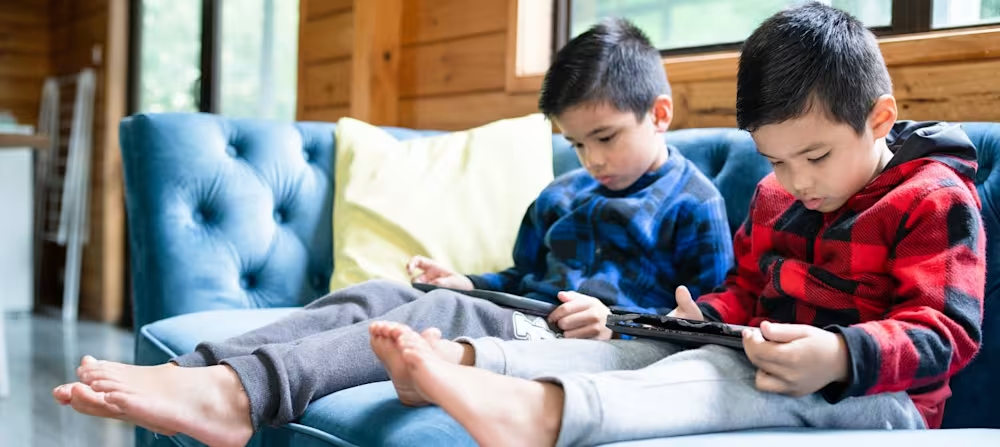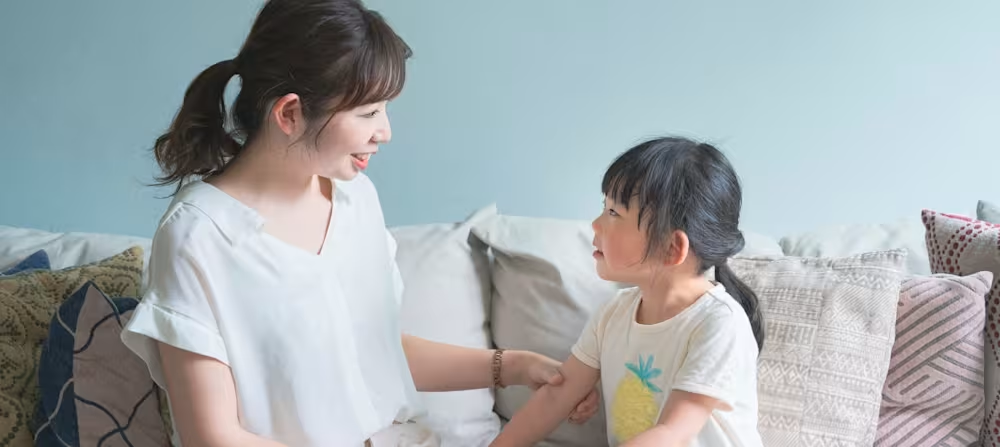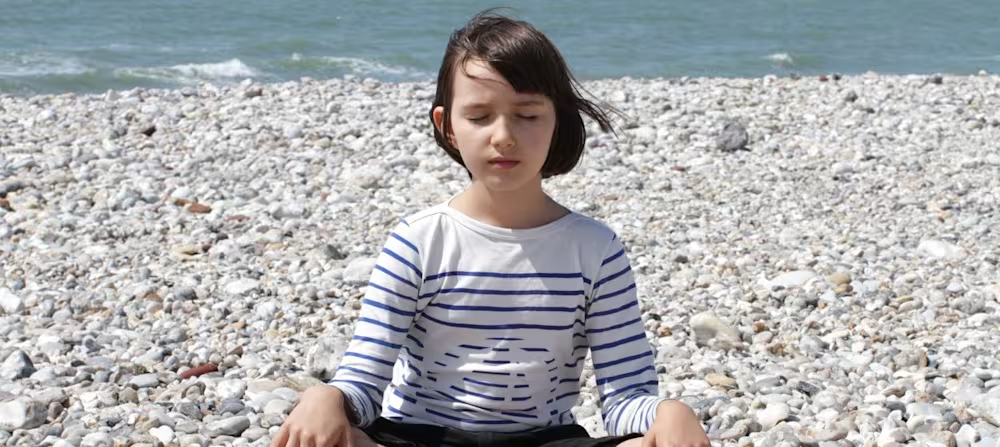How to introduce a smoother toddler morning routine using a timer
Updated Jan 02, 2026

The way we start our mornings sets the mood for the rest of our day, so it's no surprise that we all want our morning routine to be as smooth as possible. Unfortunately, this doesn’t always happen with toddlers and young children in tow (cue the coffee).
Establishing a morning routine is beneficial for parents, but they are even more important for children. Daily routines of everyday activities offer children the opportunity to foster skills [] that encourage autonomy as well as connection with others.
Let's look at some positive parenting strategies to establish a better morning routine at home that can help you prepare your children (and yourself) mentally and emotionally for the day ahead.
What do you do when your child won’t get ready in the morning?
If your child is really struggling to get ready in the morning, it is worth looking at some prevention strategies rather than natural or simply because the start of the day usually doesn’t leave much time for consequences to occur.
Identify what your child has the most trouble with, and start there. If your child has a hard time getting out of bed, make sure that their bedtime is appropriate for their age. For help with optimal bedtimes, check out our , available with Huckleberry Plus.
Another common issue is children have a hard time remembering what needs to be accomplished. If this is your child, a visual routine is a great tool for this.
The most common issue is children taking too long to transition between activities or to finish specific tasks (eating their breakfast, brushing their teeth). This is when comes in! This tool is not only great for helping children anticipate and transition between activities, but it also helps children manage time more appropriately.
Introducing a morning routine for your child
If there is not a clear routine established for the morning time — it is time for one! Establish the steps of your family’s morning routine and have a family meeting where you discuss the changes and establish responsibilities and agreements for each family member. For older children, a written routine chart or post-it note reminders can suffice to remind them what needs to get done, but for younger children, a visual routine might be more effective (think pictures for them to follow along!).
Since small children have a hard time understanding the concept of time, a visual timer is perhaps the most effective way to help children complete their tasks in the morning hours. When your child is starting an activity, let's say, getting dressed, you can set the timer on top of their dresser or bedside table and explain that they have X amount of time to get dressed before it's time to move on to the next activity (like brushing their teeth for example). You can use the timer for the time spent in the bathroom, to encourage them to pack their bags, or even to allow them a little TV time in the morning if it fits into your schedule and routine.
Aim to use the visual timer only for activities that your children have the hardest time with, as you don’t want to overwhelm them with a timer all morning. It is important to note that timers aren’t a magical solution, like any other positive parenting tool, it takes time and consistency to implement them and see the results.
5 tips and tricks for a smoother morning routine
Even from an early age, routines matter and can even help toddlers and preschoolers be more prepared for school []. Below are some tips to help you establish a calm a consistent morning routine for your family.
For an extra boost of support to get mornings streamlined, try , which is designed to keep kids on task and out the door on time.”
Tip 1: Make sure that everyone is getting enough sleep!
Put your child down for bed at an appropriate time so that they can wake up rested and ready for the day at your desired time. The same goes for you! Sleep deprivation has a direct effect on your mood [], which can impact your emotional response to the events that happen in the morning. When we are rested, we are better equipped to handle difficult situations that might arise with our children.
Tip 2: Prepare what you can the night before!
If you can do so, do what you can the night before so that there are fewer “to-do’s” in the morning. For example, you can prepare your child’s lunchbox in advance, bathe them the night before, or choose the outfits everyone will be wearing at bedtime.
Tip 3: Organize the routine to benefit your child’s needs.
If your child wakes up hungry, it might not be the best idea to have breakfast be the last part of their routine. If your kiddo gets easily distracted, turning off the TV might actually help them focus on the task at hand in a better way. Think about your child’s personality, and physical and emotional needs, and adjust the steps of your morning routine accordingly.
Tip 4: Have healthy and fast breakfast options at hand.
Making breakfast (and dealing with picky eaters) is perhaps the toughest part of the morning for many parents. Preparing easy options like waffles and pancakes, and storing them in the fridge/freezer allows you to save time and always have a healthy option available, even if you are running short on time.
Tip 5: Keep it calm, consistent, and reasonable!
Children thrive on routine, so make sure that your children understand what the routine looks like, and that despite any setbacks, the routine remains consistent. Depending on your child’s strengths and skills to be learned, use tools (such as a timer) to help them follow the routine, transition between activities, and manage time better. Remember to have reasonable expectations of what your child can do!
Morning routine FAQ
Share article:
Note: The content on this site is for informational purposes only and should not replace medical advice from your doctor, pediatrician, or medical professional. If you have questions or concerns, you should contact a medical professional.








